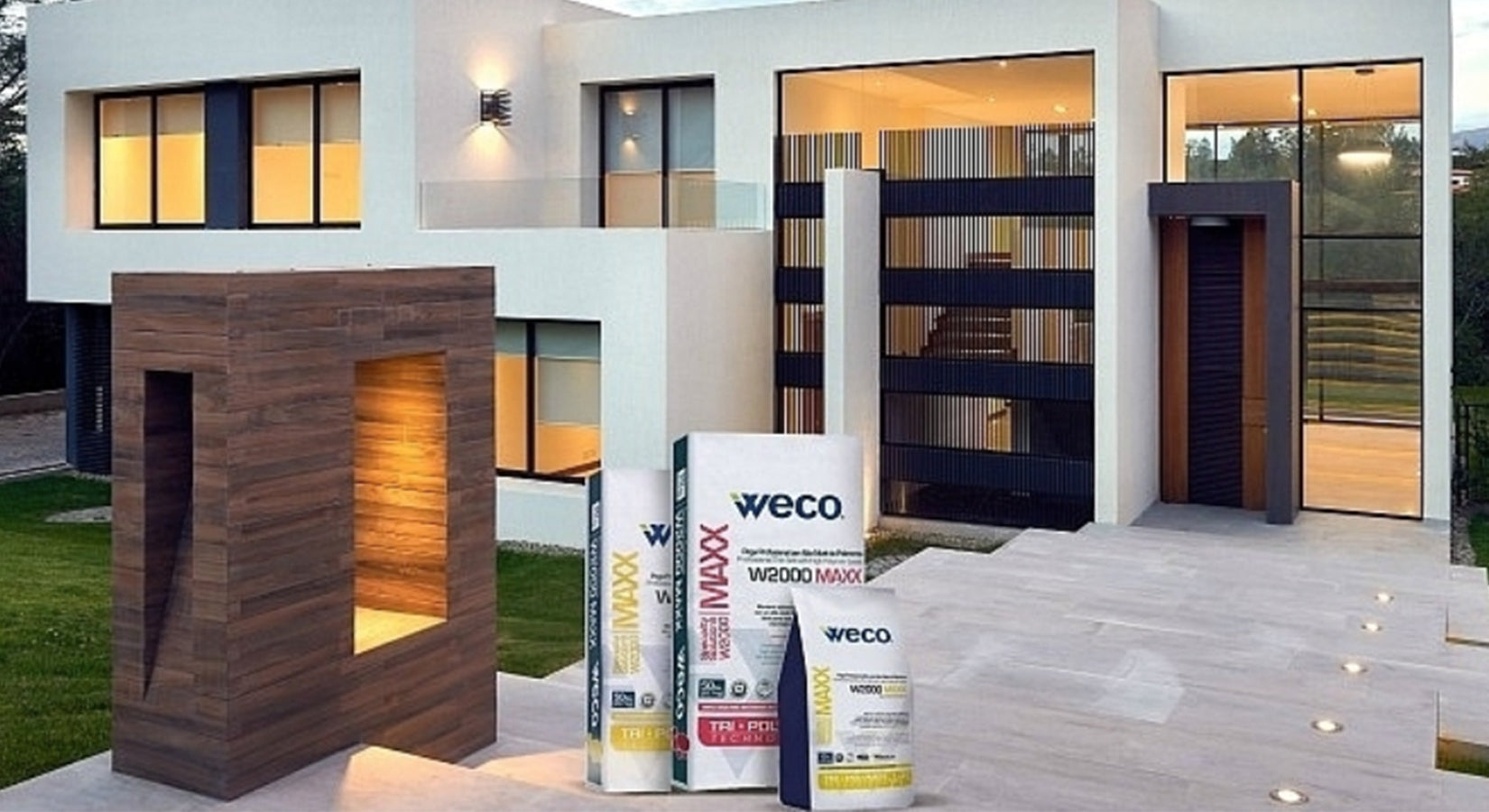Our Caribbean climate presents unique challenges when it comes to tile installation. While we’re fortunate that Puerto Rico doesn’t experience snow like other parts of the world, we are exposed to constant temperature fluctuations caused by year-round heat and high rainfall. On any given day in Puerto Rico, the surface temperature of a tile installed outdoors can go from 100°F to 80°F in just minutes.
These high temperature variations affect the surface where the tile is installed because concrete expands during sunny periods and contracts at night or when it rains. So, with all this expansion and contraction happening within the installation surface, how can we ensure the tile doesn’t break or detach?
The key lies in selecting the right product and applying the correct installation technique. Here are my tips for a successful and long-lasting outdoor tile installation:
- Whenever possible, use high-quality porcelain tiles thicker than 10 mm. These will be more resistant to foot traffic on floors and driveway ramps. Avoid using cheap ceramic tiles thinner than 7 mm, as they break easily.
- Avoid using moisture-sensitive natural stones like slate, which constantly expand and contract, making them more likely to come loose.
- Select a highly flexible polymer-modified adhesive. While there are many polymer adhesives on the market, not all behave the same. Polymer adhesives allow bonding to low-absorption tiles and substrates—something regular adhesives can’t do. However, basic polymer adhesives that only meet ANSI A118.4 offer rigid bonding. For outdoor installations, go with adhesives that also meet ANSI A118.11, meaning they are deformable and more flexible to handle substrate movement. For these cases, I recommend W2000 MAXX by Weco, a highly flexible adhesive formulated with Tri-Polymer Technology for superior protection and durability outdoors.
- Apply the adhesive in one direction (horizontally for façades), and press the tile into place using a slight motion perpendicular to the ridges. This ensures 95% or more coverage. For best results, apply adhesive to the back of the tile as well—a technique known as “back-buttering” or double bonding.
- Follow guidelines from the Tile Council of North America (TCNA) and leave movement joints at all corners and every 10 to 12 feet. This allows the tile to expand and contract along with the substrate without lifting or cracking due to lack of space.
If your renovation includes installing outdoor tiles—on floors or walls—make sure your contractor uses the appropriate tile and adhesive and follows these recommendations.
You can find W2000 MAXX Professional Adhesive and other products from the Weco Professional System at The Home Depot, Color Tiles, Cerapisos, Maderas 3C, Centro de Terrazos y Azulejos (CTA), or your nearest tile or hardware store. For more information, visit www.wecopr.com, facebook.com/wecopr, or call 787-739-3751.
Engineer Carly Carrión is a remodeling expert, founding partner of Black & White Diversified, One-Studio, and a contributor to Weco. For more ideas and remodeling tips, visit www.preguntaleacarly.com, facebook.com/remodelacionescarly, or call 787-234-3777.

